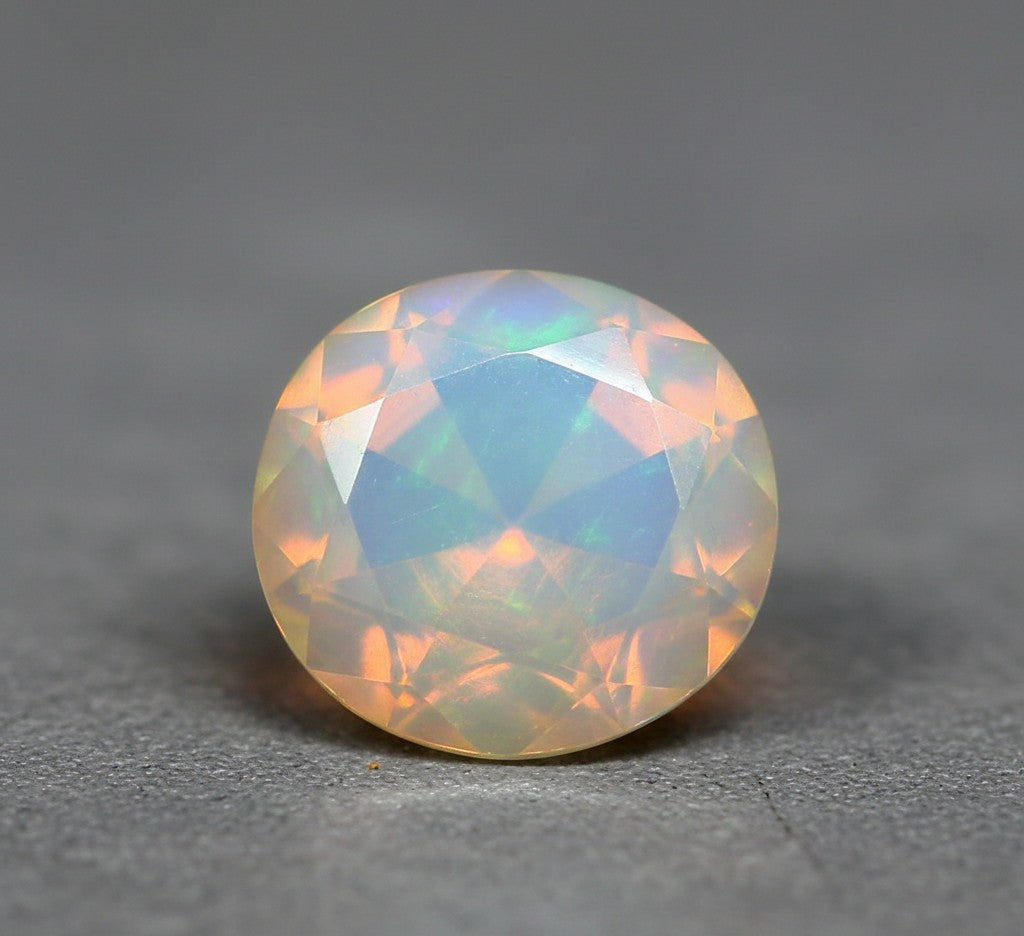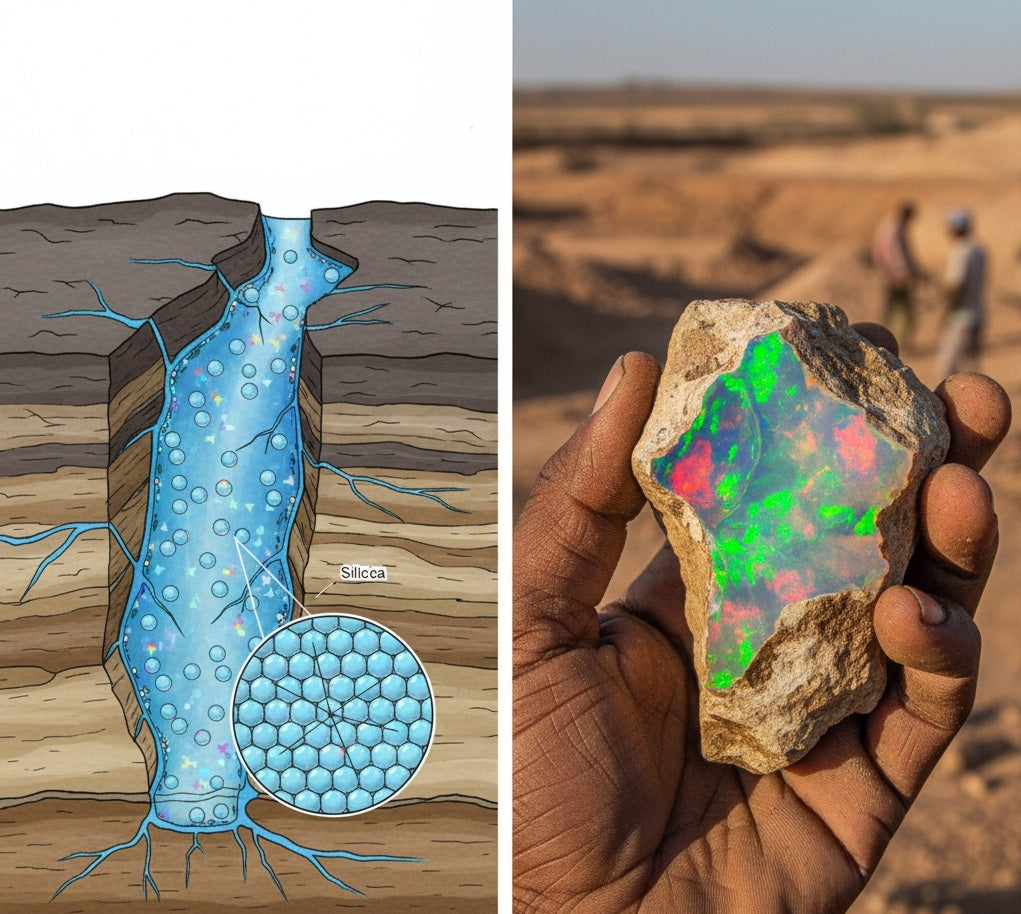
The Fiery Allure of Ethiopian Opals: A Modern Gemstone Story
For centuries, Australia reigned supreme in the world of opals, its vibrant, kaleidoscopic stones captivating collectors and enthusiasts alike. But in the early 2000s, a new contender emerged from the ancient lands of Ethiopia, quickly carving out its own significant niche in the gemstone market. Ethiopian opals, with their dazzling play-of-color and unique characteristics, have taken the world by storm, and for good reason!
A Glimmer of Discovery: The Welo Opal Fields
The story of Ethiopian opals as we know them today truly begins in 1993, with the initial discovery of precious opal in the Yita Ridge of the Shewa Province. However, it was the subsequent discovery in 2008 in the Wollo (Welo) Province, specifically around the town of Wegel Tena, that truly revolutionized the opal world. These Welo opals quickly gained international attention due to their remarkable stability and breathtaking display of color.
Imagine the excitement of those first prospectors, uncovering pockets of what looked like solidified rainbows in the volcanic earth!
Distinctive Characteristics: What Makes Ethiopian Opals Unique?
Ethiopian opals, particularly those from Welo, possess several key characteristics that set them apart:
-
Hydrophane Nature: Many Ethiopian opals are "hydrophane," meaning they can absorb water. This can temporarily change their appearance, often becoming more transparent when wet and then returning to their original opacity and fire as they dry. This unique property makes them fascinating to observe.
-
Vibrant Play-of-Color: These opals are renowned for their incredible "play-of-color," a dazzling dance of spectral hues that shifts and changes with every movement. From fiery reds and oranges to electric blues and greens, Ethiopian opals often display a full spectrum of colors.
-
Variety of Body Tones: While often found with a beautiful translucent to white body tone, Ethiopian opals also come in a range of colors, including stunning chocolate brown (from the Mezezo mine) and even black opals, though these are rarer.
-
Volcanic Origins: Unlike the sedimentary opals found in Australia, Ethiopian opals are volcanic in origin, forming in nodules within rhyolitic volcanic rock. This geological background contributes to their unique structure and beauty.
A Surge in Popularity and Affordability
The relatively recent discovery and abundance of high-quality material have contributed significantly to the increased popularity of Ethiopian opals. They often offer a fantastic combination of vibrant play-of-color and affordability, making them accessible to a wider audience of gem lovers.
Jewelers and designers have embraced Ethiopian opals for their versatility and stunning visual impact. From elegant rings and pendants to intricate earrings, these gems bring a touch of exotic fire to any piece.
Caring for Your Ethiopian Opal
Given their hydrophane nature, a little extra care goes a long way in preserving the beauty of your Ethiopian opal:
-
Avoid prolonged water exposure: While they can absorb water, it's best to avoid extended soaking as repeated absorption and drying can potentially affect the opal over time.
-
Clean gently: Use a soft, damp cloth to clean your opal. Avoid harsh chemicals or ultrasonic cleaners.
-
Store carefully: Keep your opal away from extreme temperature changes and store it separately from harder gemstones to prevent scratching.
Embrace the Modern Marvel
Ethiopian opals represent an exciting new chapter in the rich history of gemstones. Their captivating beauty, unique characteristics, and fascinating origin story make them a truly special addition to any jewelry collection. We are thrilled to offer a curated selection of these modern marvels, allowing you to experience the fiery allure of Ethiopian opals for yourself.
Browse our collection and find your perfect piece of Ethiopian fire today!



Leave a comment
This site is protected by hCaptcha and the hCaptcha Privacy Policy and Terms of Service apply.